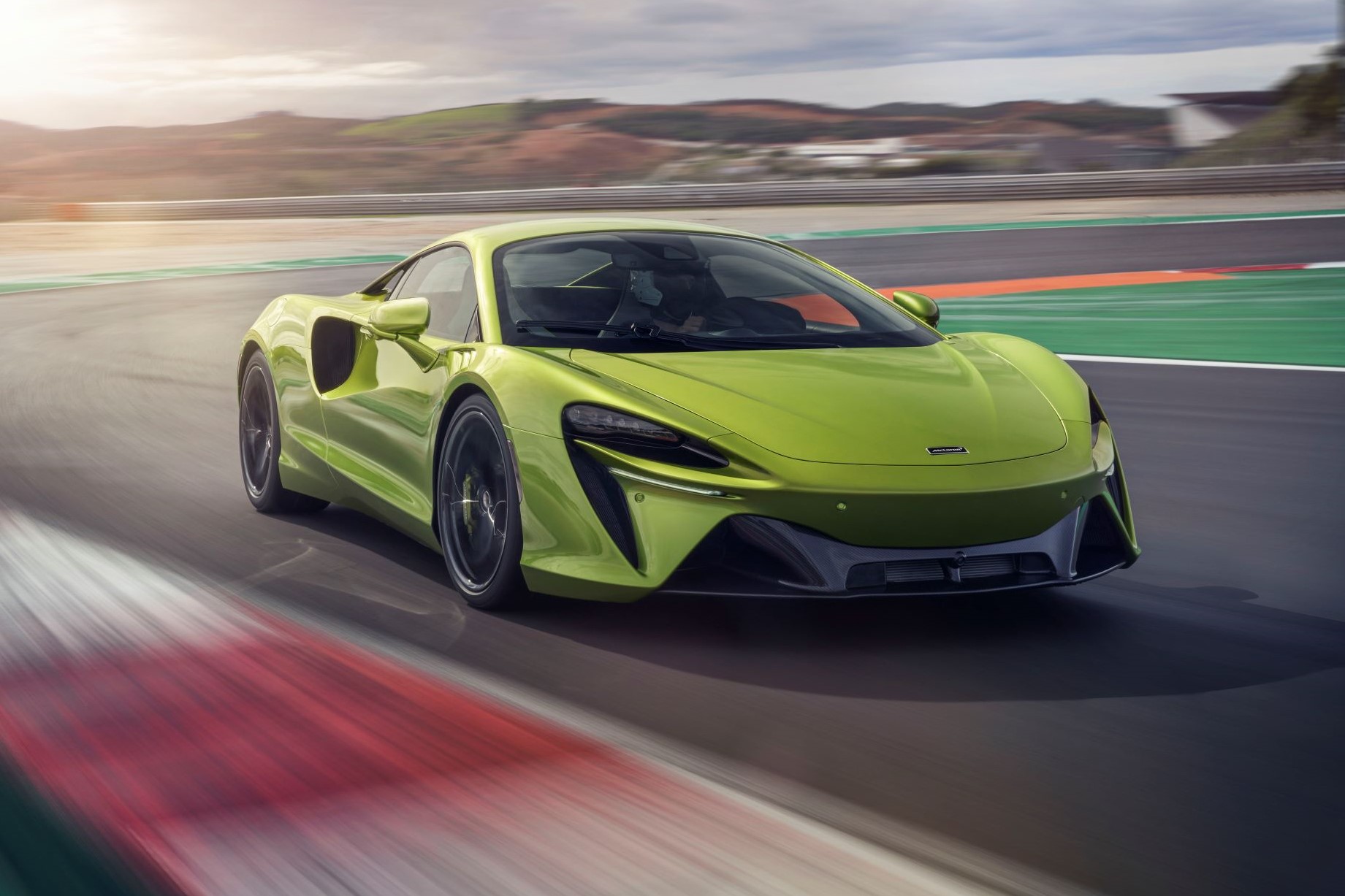
Last week Motorsport Australia published its new regulations for electric vehicles to enter local motorsport competition.
Specifically, the new guidelines laid out the different requirements for ‘Series Production’ and ‘Competition’ EVs, which got us thinking about what current production EVs would be good to hit the track in.
READ MORE: Electric vehicle regulations released by Motorsport Australia
The Motorsport Australia regulations are currently focused on “Autotest, Speed and suitable Rally/Road events” but covers any electrified vehicle, including all-electric, plug-in hybrid and hybrid models.
While there are obviously some complexities around charging, safety and range with EVs, there are also some obvious advantages for competition. Electric cars typically accelerate with ferocity and despite being heavier than equivalent size models they tend to handle well because the extra weight is usually mounted low in the car.
Here are our picks of the currently available EVs or hybrids that we’d like to hit the track in. But these are only the beginning, more and more car brands are set to introduce high-performance EVs in the future. This includes the likes of Ferrari and Lamborghini all the way to Hyundai and Kia.
Porsche Taycan Turbo S
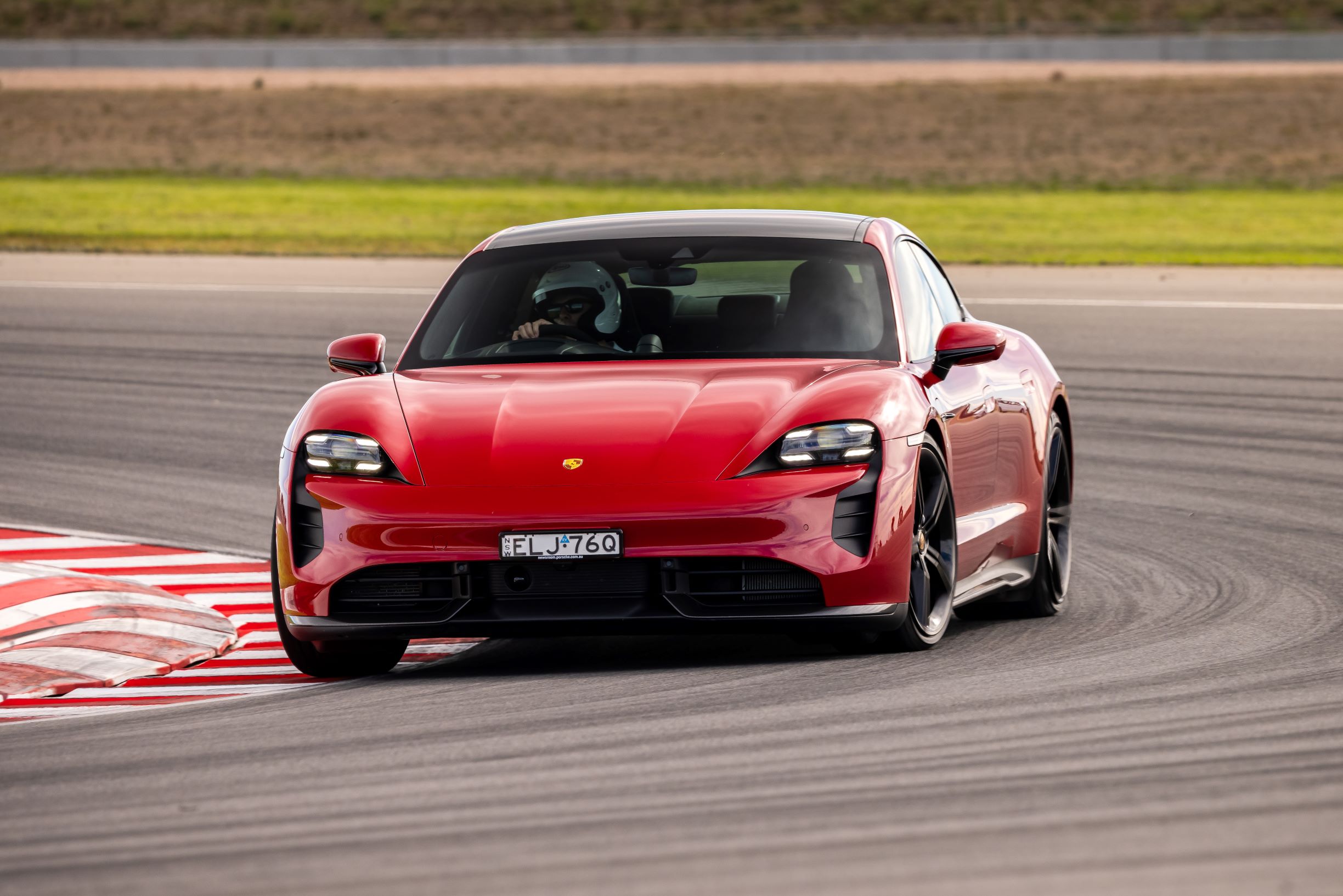
Let’s start with the obvious choice for a petrol-free track day special. Every model Porsche builds is designed to feel at home on the track, even its all-electric Taycan. We’ve already done a Track Test in the Taycan Turbo S and were blown away with how it handled itself on a circuit.
TRACK TEST: 2021 Porsche Taycan Turbo S review
With 560kW of power and 1050Nm of torque there’s never any question that the Turbo S would be quick down the straights, but the way it handled itself in the corners was what really blew us away.
This would surprise plenty of people if you took it to your next track day, silently lapping faster than plenty of petrol-powered pure-bred sports cars.
Polestar 2
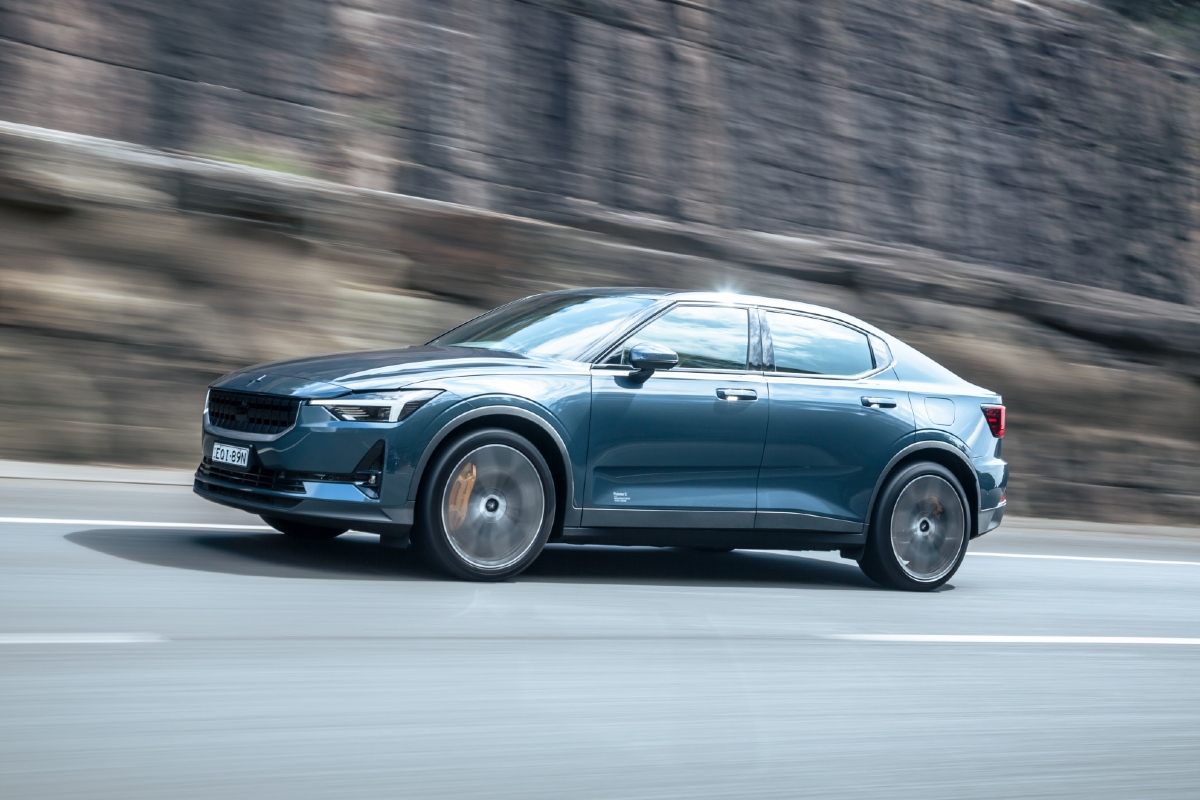
The Volvo spin-offs first Australian car would make a great option if you’re looking for something fast and fun for your next gymkhana or track day.
When we reviewed the Polestar 2 earlier this year we were impressed with the performance thanks to the dual-electric motors pumping out 300kW and 660Nm. However, since we last drove it Polestar has introduced a software upgrade that boosts performance to 350kW and 680Nm. It also means it accelerates 0-100km/h in just 4.4 seconds, and does it with ease thanks to its all-wheel drive traction.
ROAD TEST: 2022 Polestar 2 review
Even if you wanted to take it into longer events, the Polestar 2 ‘Long Range’ is equipped with a battery with a theoretical range of up to 480km.
BMW i4 M50
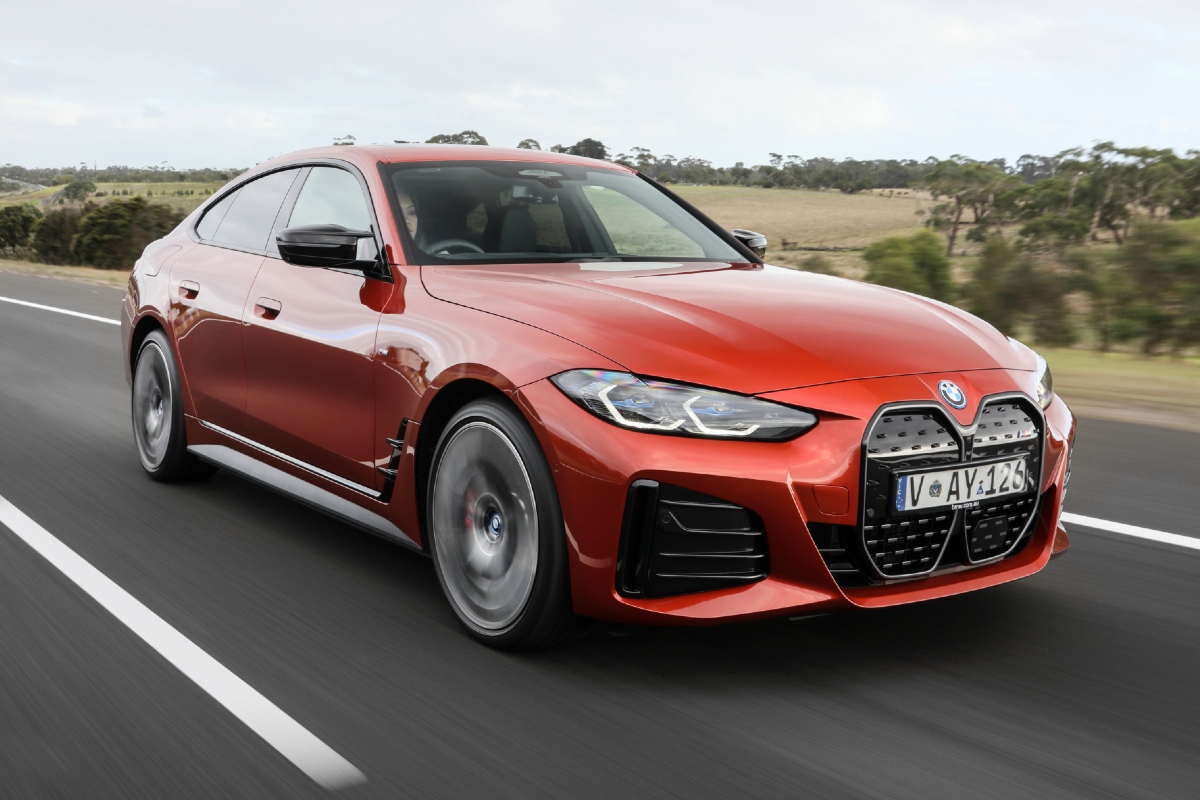
The first electric BMW to wear an ‘M’ badge is an obvious choice for this list. The i4 M50 is effectively the 4-Series Gran Coupe with the petrol engine removed and a pair of electric motors installed instead.
These new motors endow the M50 with 400kW and 795Nm, which is more grunt than the M3 Competition, which makes only 375kW/650Nm from its turbocharged six-cylinder petrol engine. This helps the M50 run 0-100km/h in just 3.9 seconds which should ensure you’re competitive in a competitive autokhana or even a track day.
ROAD TEST: 2022 BMW i4 M50 review
And while it may not be a specific ‘M’ model in the same vein as the M3/M4, it’s all packaged in BMW’s impressive 4-Series chassis, so the handling is sharp enough for the track.
Kia EV6 GT-Line
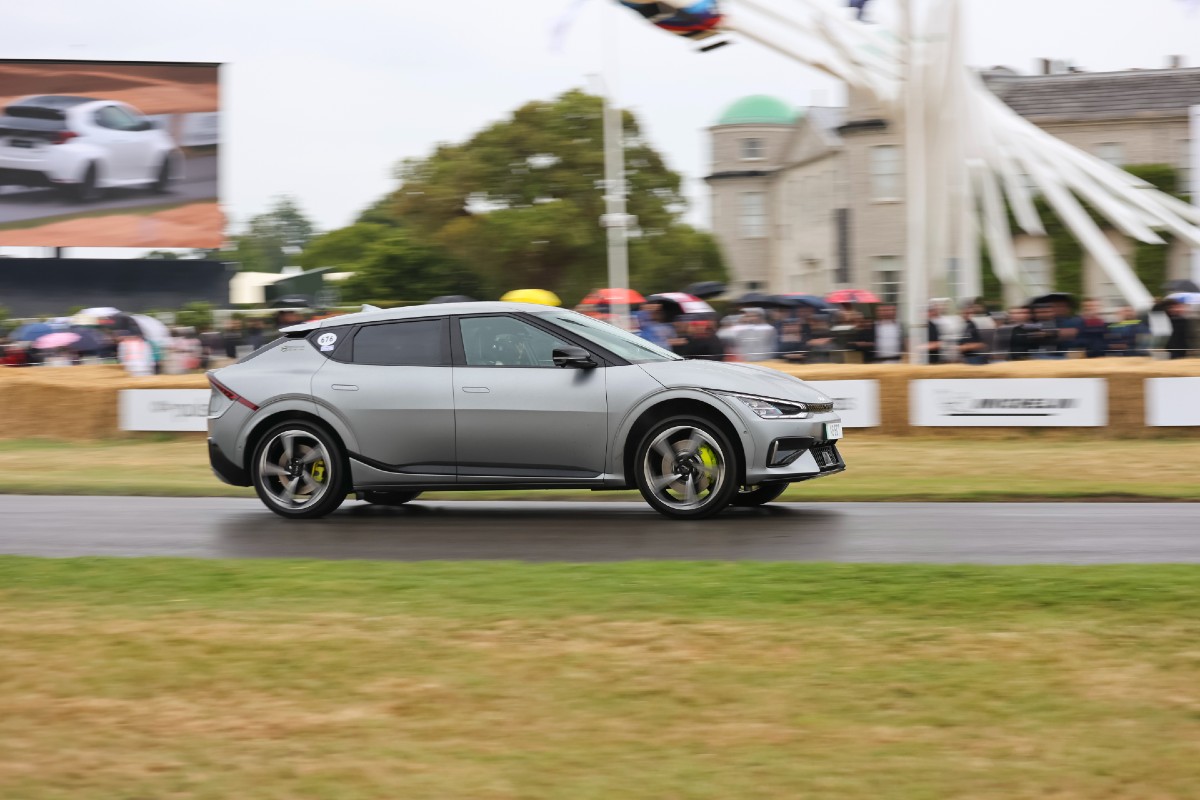
This is the most potent car the South Korean brand has ever offered in Australia, punching out 239kW and 605Nm – and it’s only the beginning. In 2023 Kia will introduce the EV6 eGT which will unleash 430kW and 700Nm.
ROAD TEST: 2022 Kia EV6 GT-Line review
But even in its current form the EV6 GT-Line would be a fun and competitive machine in a variety of Motorsport Australia events. And not just short sprints, the EV6 is built on the Hyundai-Kia Group ‘e-GMP’ architecture which is shared with the Genesis GV60 which Hyundai was testing in this year’s Targa Tasmania for a possible future entry in a multi-day road rally.
Ferrari 296 GTB
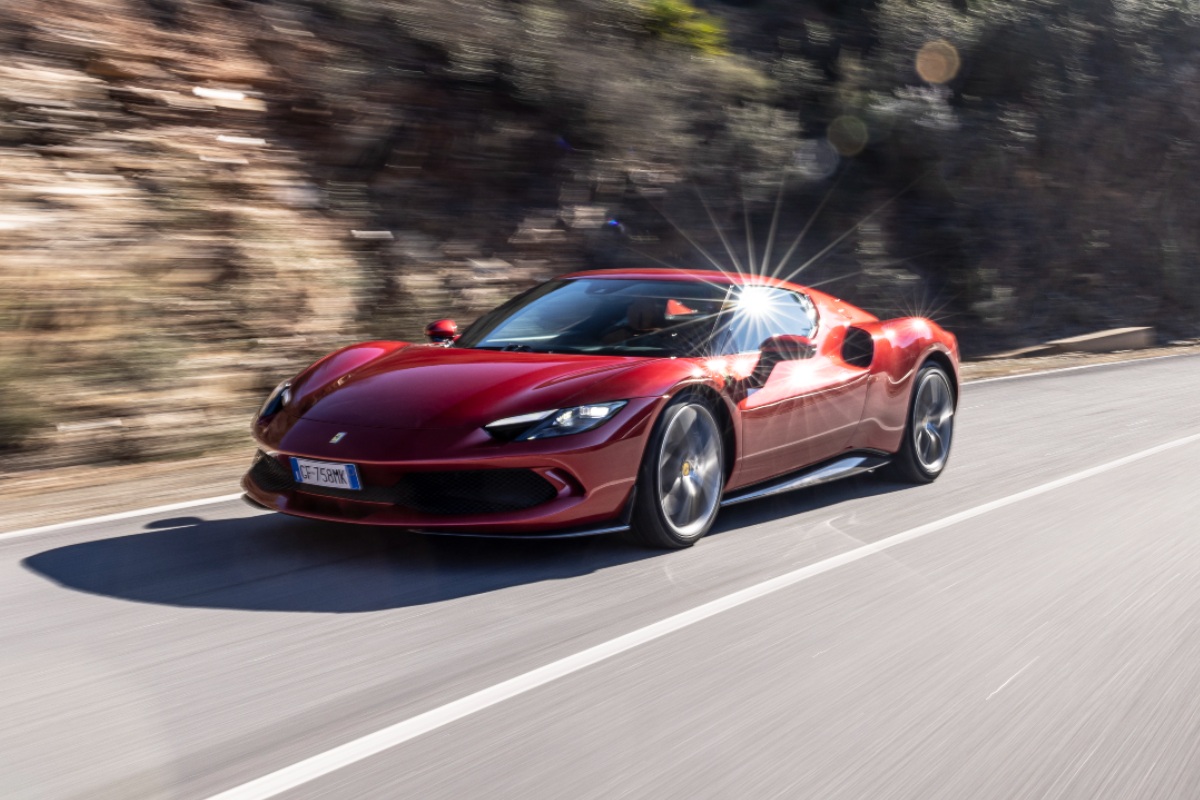
The new Motorsport Australia regulations cover hybrids as well, so we’ve been able to sneak this Italian stallion in. The newest member of the Ferrari family is powered by an all-new 487kW 2.9-litre twin-turbo V6 engine backed up with a 122kW electric motor. While it only adds 25km of electric-only driving, the combination of V6 and electric motor means the 296 GTB has a combined output of a whopping 610kW and 740Nm.
READ MORE: Why the Ferrari 296 GTB will redefine the brand
Ferrari isn’t the only supercar maker going down the hybrid path either. The 296’s obvious rival is the new McLaren Artura, which is powered by its own V6 petrol-electric hybrid that makes 500kW and 720Nm.



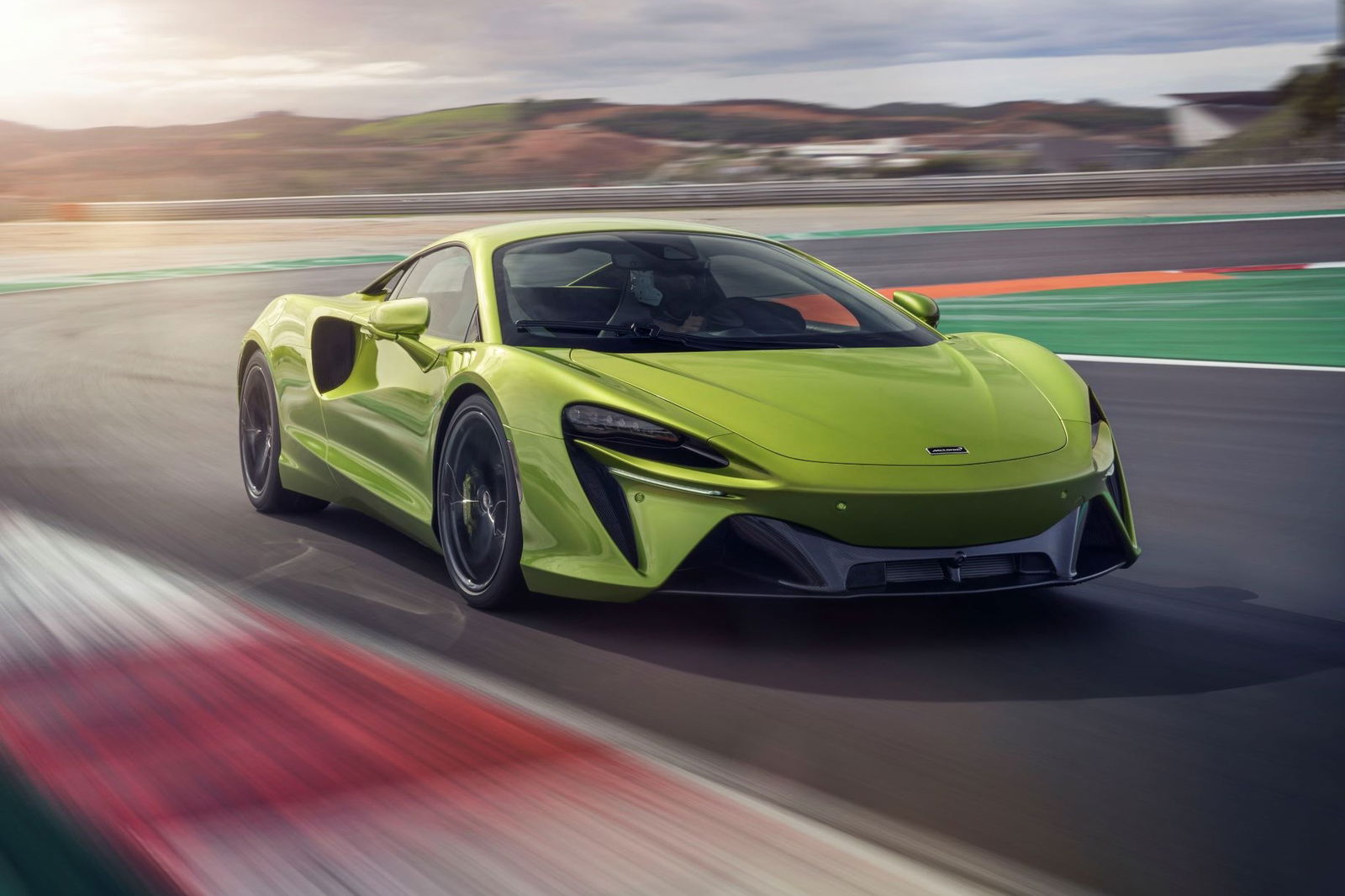








Discussion about this post